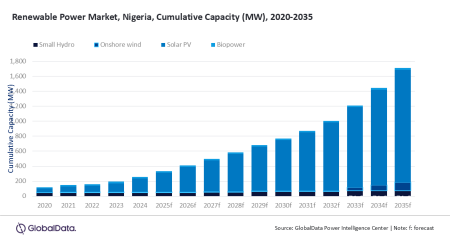 04 July 2013 – In the first quarter of 2013, more women than men entered the oil and gas industry. Specifically, about 3,900 positions were added in the oil and gas sector with about 46 percent of these positions, or 1,800 positions filled by women, according to the Bureau of Labor Statistics. Since 1991 (when the Bureau of Labor Statistics began tracking this trend), there has never been a year where more than a third of new hires in the industry have been women.
04 July 2013 – In the first quarter of 2013, more women than men entered the oil and gas industry. Specifically, about 3,900 positions were added in the oil and gas sector with about 46 percent of these positions, or 1,800 positions filled by women, according to the Bureau of Labor Statistics. Since 1991 (when the Bureau of Labor Statistics began tracking this trend), there has never been a year where more than a third of new hires in the industry have been women.
“While there is a concerted effort to recruit women into the field, that number stands alone in this recovery and only time will tell if its sustainable,” said Paul Caplan, president, Rigzone, in a recent interview.
Many of the filled positions are not on oil rigs, but instead are in offices as technicians, geologists or engineers.
“I see more and more women and minorities within my company every day,” said Kelly Emanuel, NAM credit manager at Weatherford International. “It makes me feel good knowing that they are willing to hire the best candidates for the job despite their gender or ethnic background.”
Oil and gas companies are actively recruiting women with many launching internal goals for gender representation among senior leadership. BP plc has a goal of raising its percentage of female group leaders to 25 percent by 2020, according to the company’s 2012 Sustainability Review. In 2012, 17 percent of the group leaders were female, up from 9 percent in 2000.
This goal reflects a broader rise of women in the workforce as a whole.
“We’ve seen a lot of women apply for positions and they’re very, very qualified,” said Mile Melillo, Repsol USA recruiting manager.
Today, more women than men hold bachelor’s degrees, and they make up nearly half – 47 percent – of the American workforce. But that’s not all. America’s working mothers are now the primary breadwinners in a record 40 percent of households with children, up from just 11 percent in 1960, according to a recent study conducted by the Pew Research Center.
While most of these homes are headed by single mothers, a significant number are families with married mothers who earn more than their husbands.
“This trend is just another milestone in the dramatic transformation we have seen in family structure and family dynamics over the past 50 years or so,” said Kim Parker, associated director with the Pew Social & Demographic Trends Project, in the Pew study. “Women’s roles have changed, marriage rates have declined – the family looks a lot different than it used to. The rise of breadwinner moms highlights the fact that, not only are more mothers balancing work and family these days, but the economic contributions mothers are making to their households have grown immensely.”
Overall, 13.7 million U.S. households with children under the age of 18 now include mothers who are breadwinners. Of those, 5.1 million, or 37 percent, are married, while 8.6 million, or 63 percent, are single. And among all U.S. households with children, the share of married breadwinner moms has jumped from 4 percent in 1960 to 15 percent in 2011. For single mothers, the share has increased from 7 percent to 25 percent.
This trend might be why more women are entering the oil and gas industry – the pay. The oil and gas industry offers some of the highest salaries compared to other sectors. The national average annual salary for oil and gas exploration and production is $96,844 or about $47 per hour – more than double the average annual salary for all occupations, according to the American Petroleum Institute.
“I entered the oil and gas industry directly out of college because it was a good opportunity,” said Emanuel. “I have found that there are a lot of opportunities for women in the oil patch, especially in Houston, for growth and learning.”
In fact, the industry distributed $176 billion in wages paid to U.S. employees, plus benefits and payments to oil and natural gas leaseholders, reported API. With salaries continuing to soar, thanks to the recent shale boom, the oil and gas industry will continue to attract talent but diversity remains a problem.
“The population of this country is far more diverse than this industry as a whole,” said Secretary of the Interior Sally Jewel, at the 2013 Offshore Technology Conference at a press hearing. “So I think this industry has some work to do.”
* Robin Dupre, Rigzone



